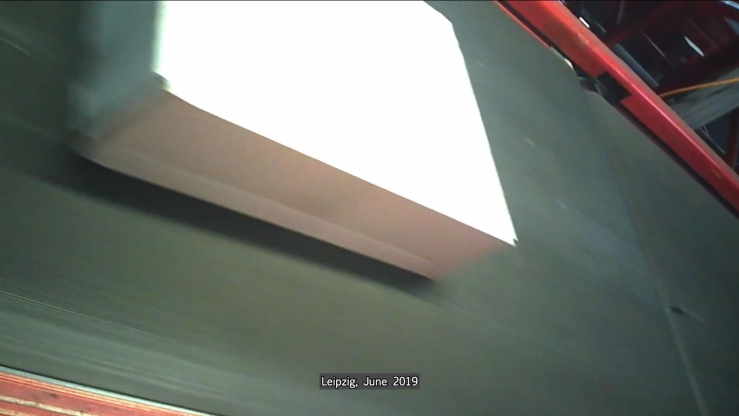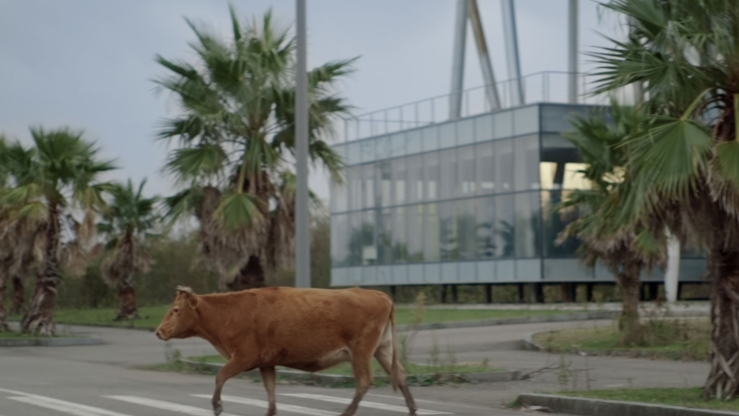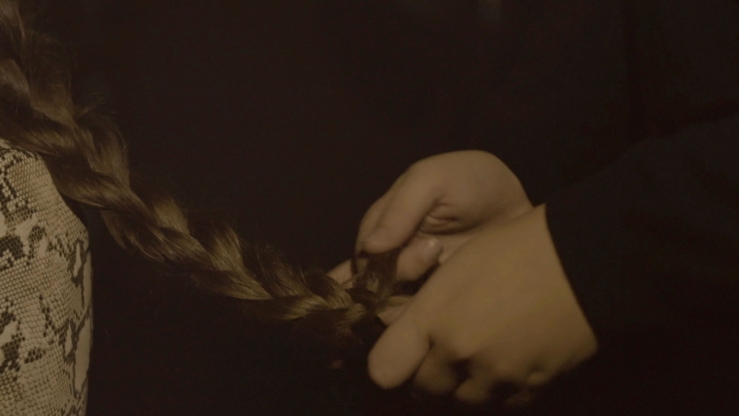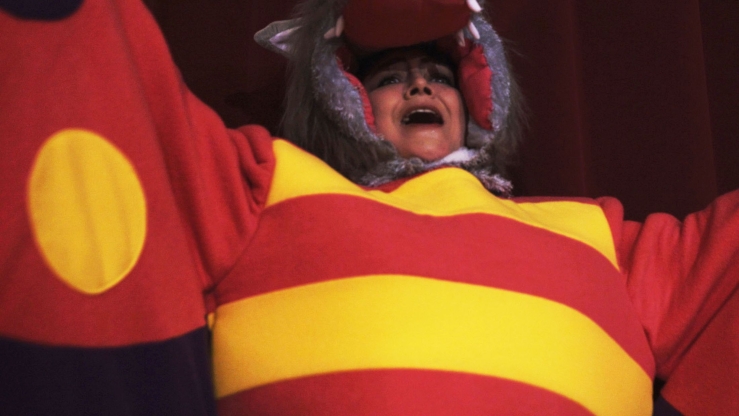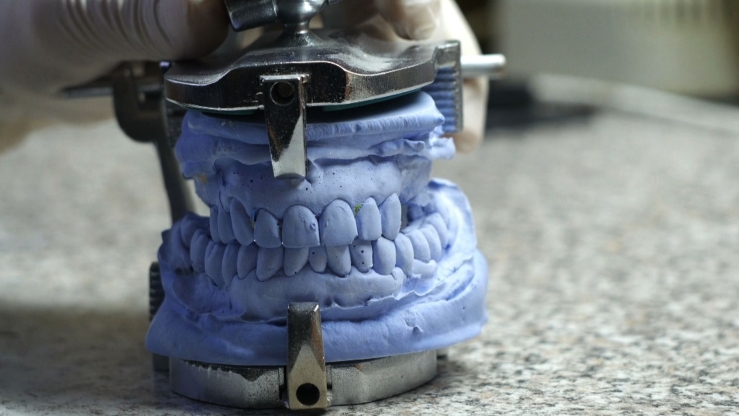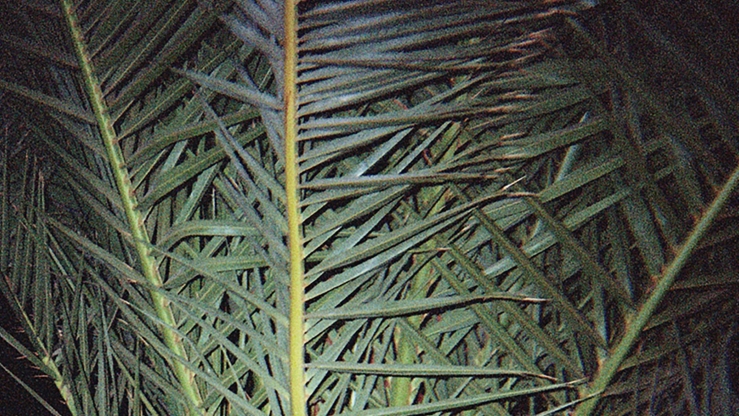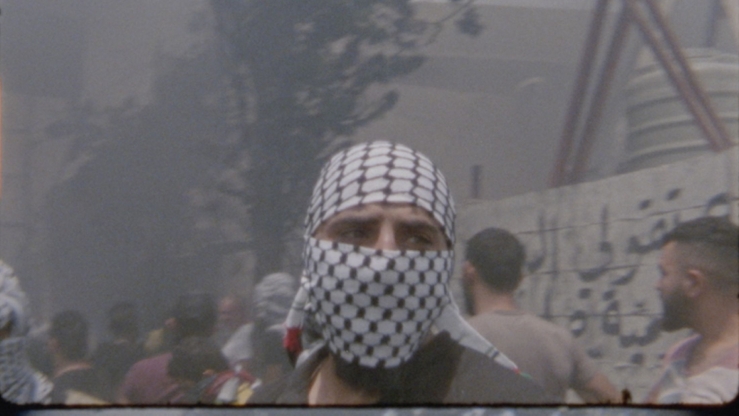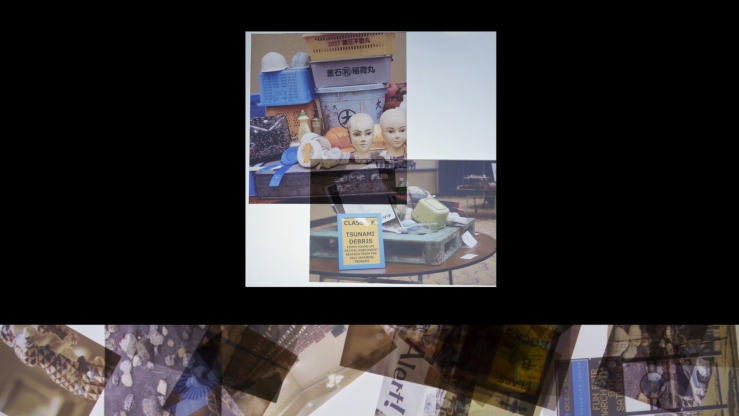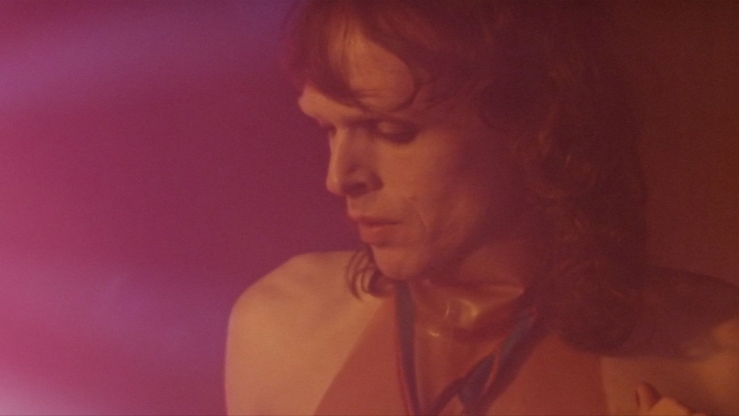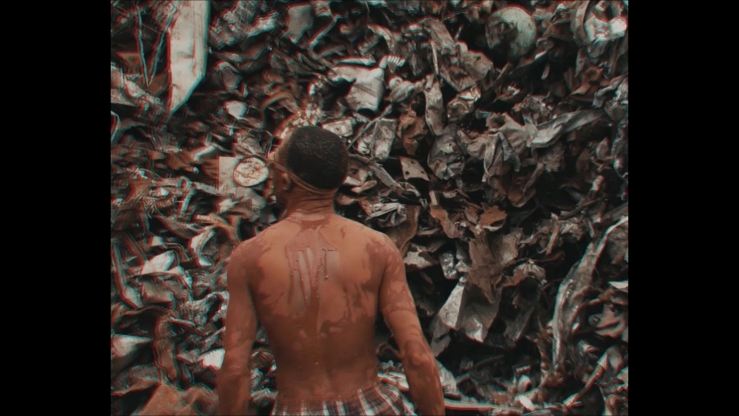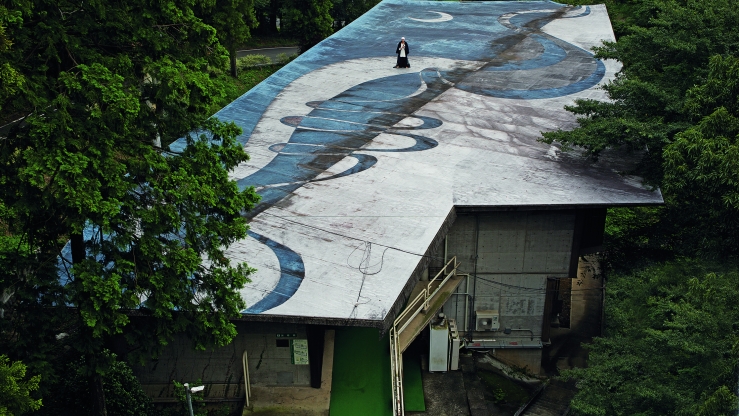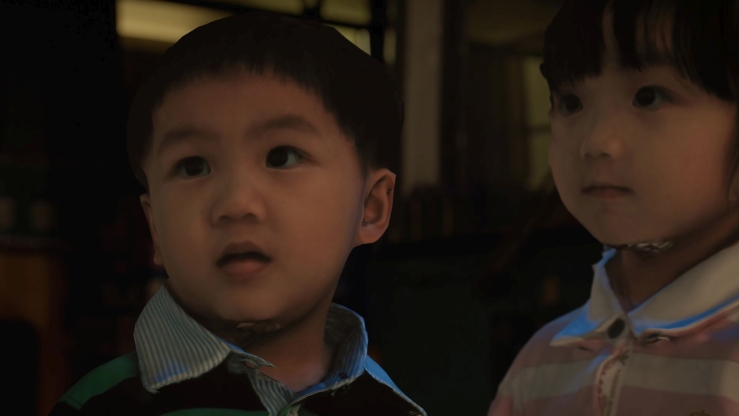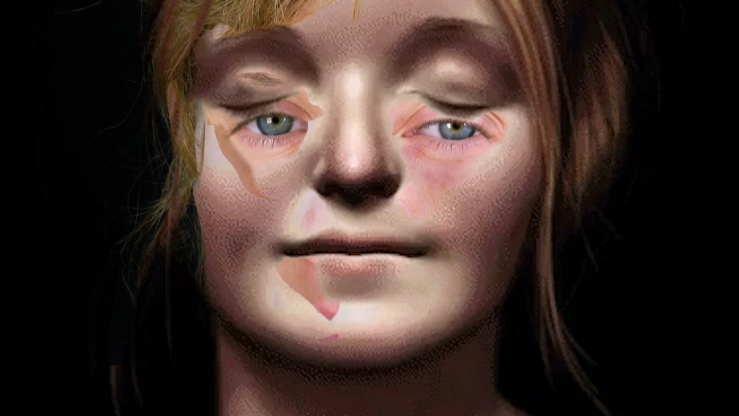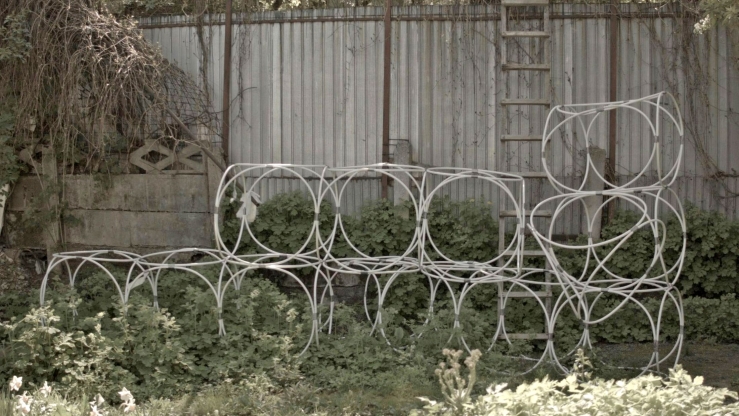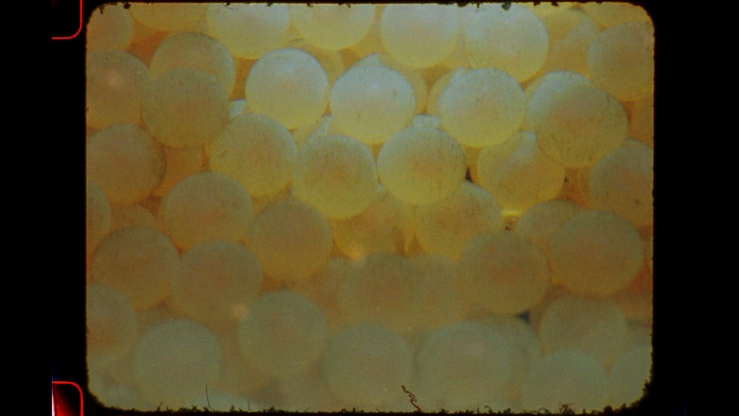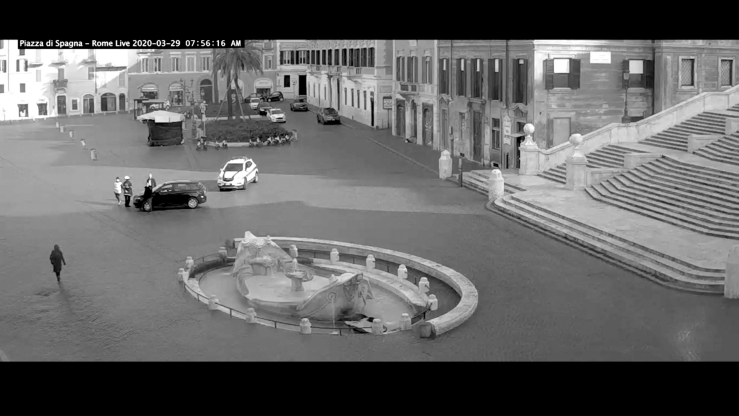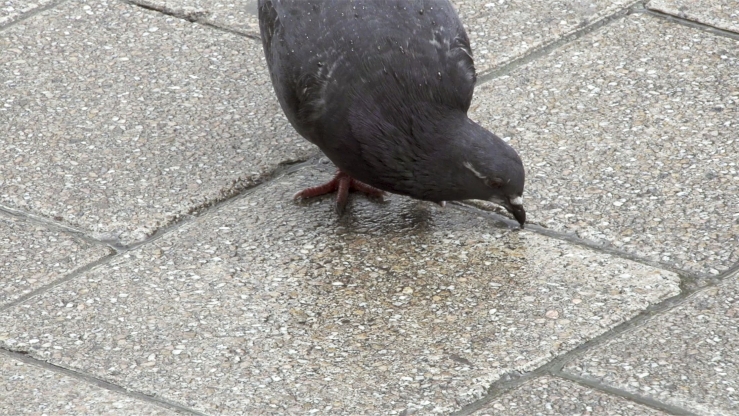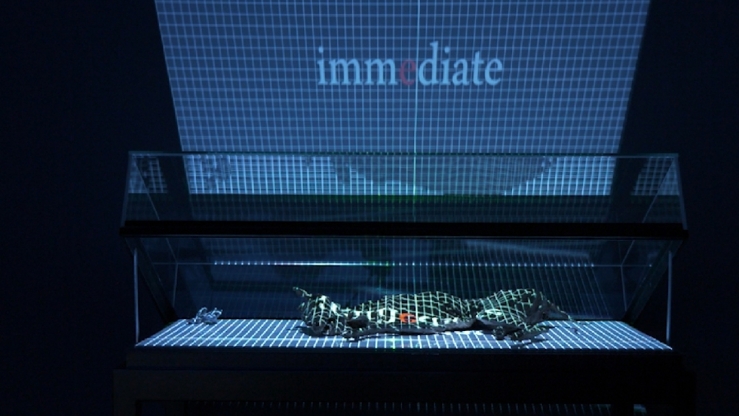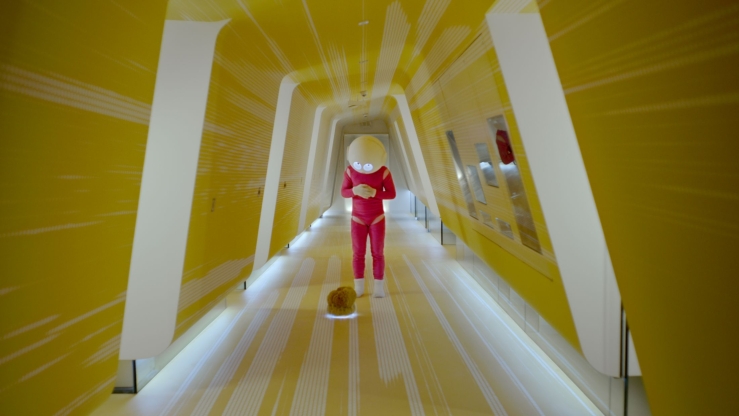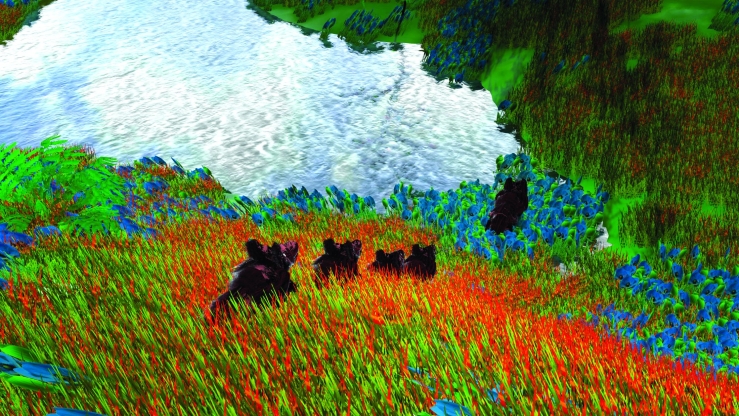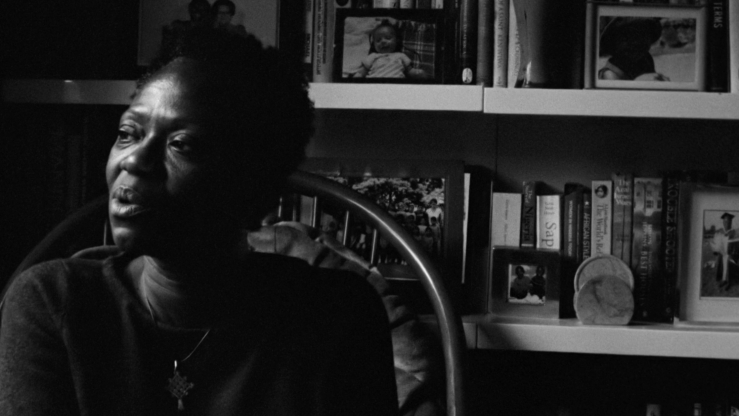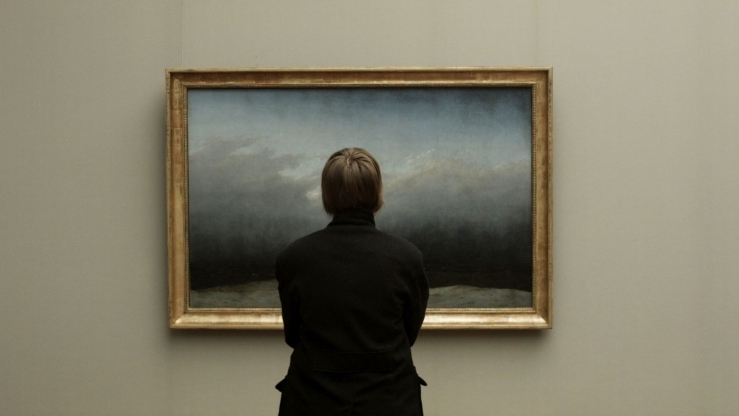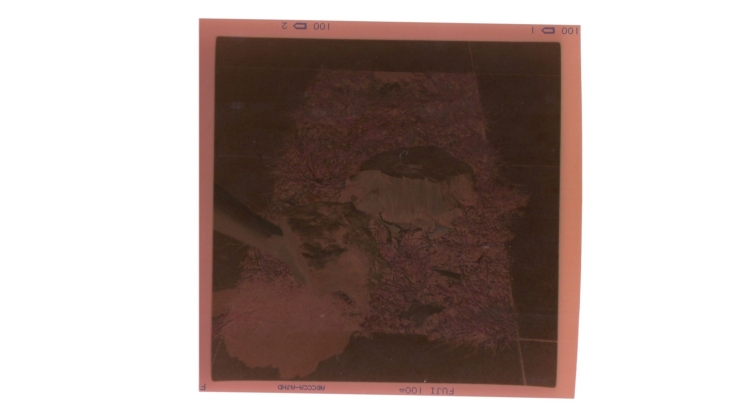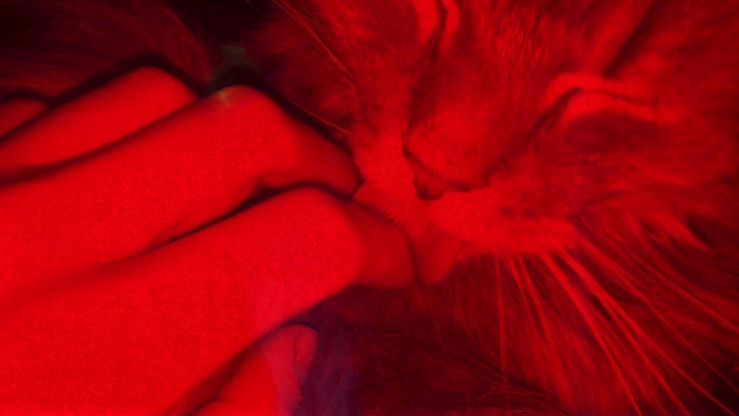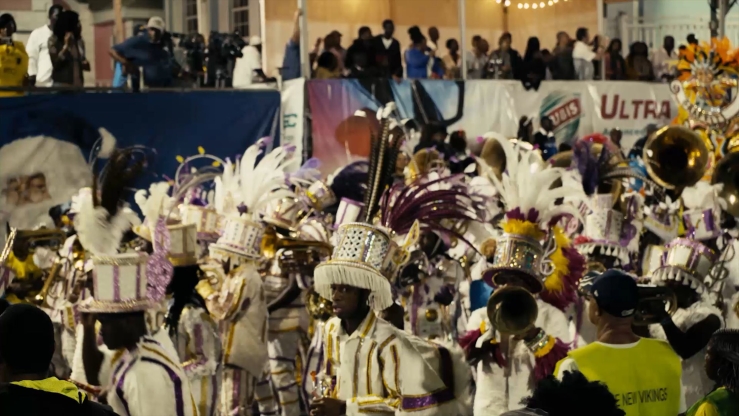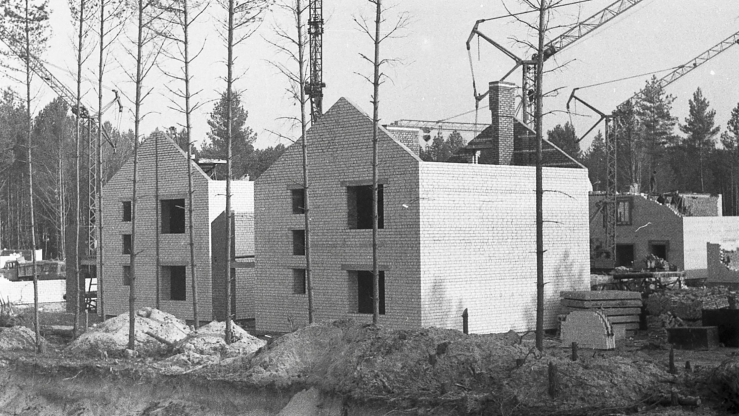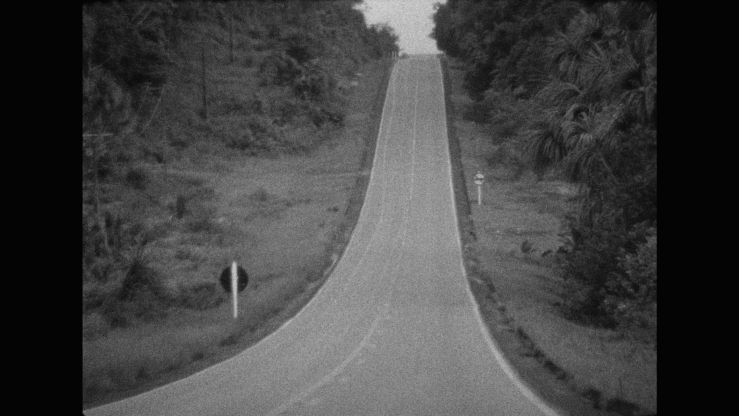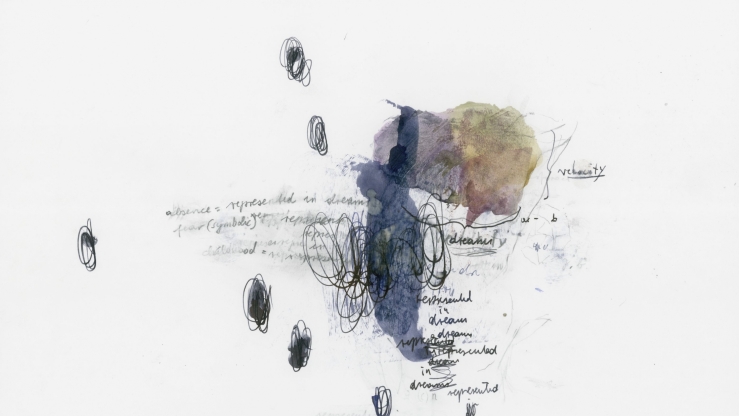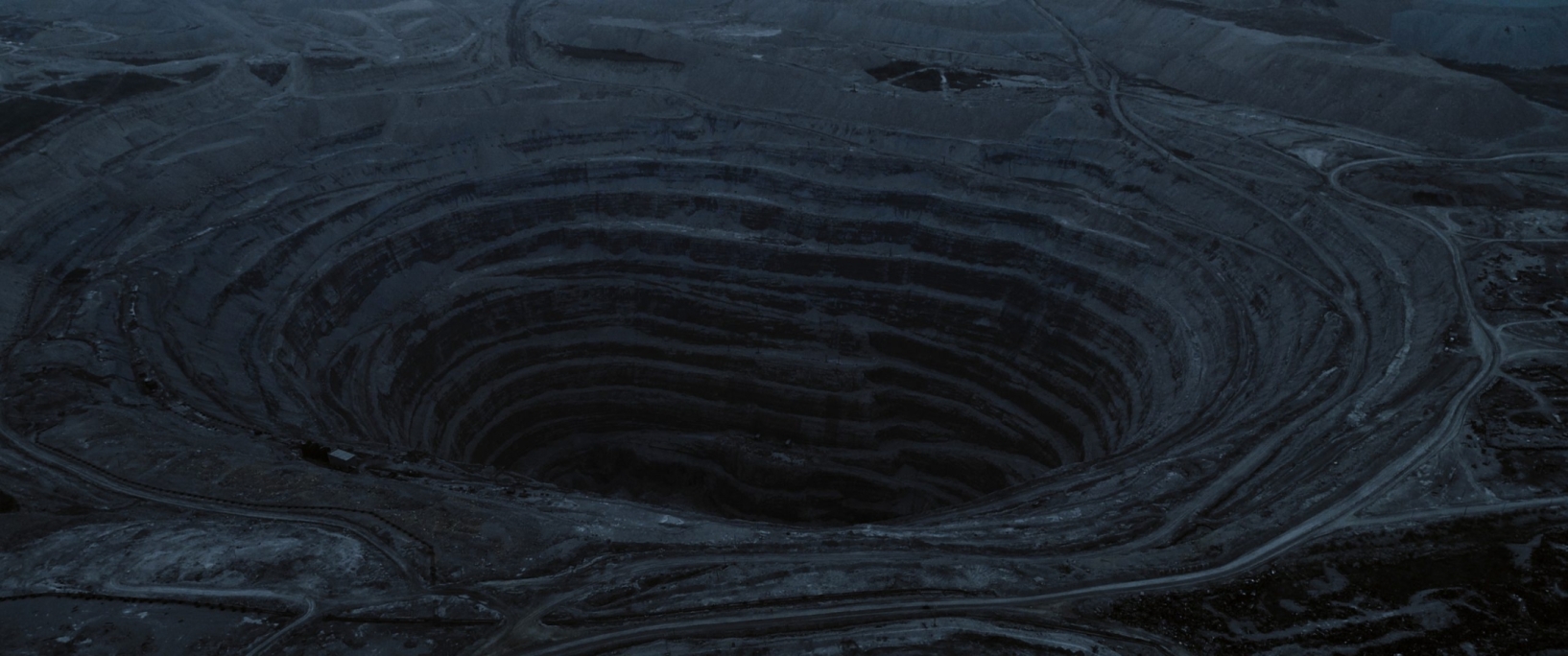
Viktor Brim &
Human-made landscapes without people. Giant colossi of steel digging for rock. Fissured earth, steaming chimneys, heaps of scrap metal. Viktor Brim documents places of the past and present state of raw material production: the economy of extraction on which modern life is based. In addition to the almost incomprehensible dimension of these places, the processes have a temporality that can only be grasped over time. This is why the artist's camera stands still when it observes, registers, records. Daniel Burkhardt writes the following about Brim's video art: »By exactly calculating the duration of his gaze and precisely cropping the image, he succeeds seemingly effortlessly in letting that which is viewed to speak for itself.«1 In this way, Brim gets by without any commentary. Instead, the finely arranged sound transmits the never resting whirring of the machines. His tableaux testify in their audiovisual power to the legacies of the planet's industrial exploitation, which is progressing unabated even under the impact of the climate catastrophe.
In his most recent film Dark Matter, Brim introduces a new level of abstraction: Out of dense fog, remains of debris, power poles, and sparsely lit up industrial plants dimly crystallize. The seemingly apocalyptic scenery alternates with landscapes whose hilly forms evoke the drape of a velvet cloth. Finally, the camera plunges into the huge hole of the world's largest so-called kimberlite pipe at Mirny in Yakutia in northeastern Siberia, which is surrounded by concentric roads. The contours of the diamond mine lose themselves in the deep black of the abyss, like an infinitely slow fall into the bottomless depths.
In addition to the video projection, a collection of artifacts in showcases in the installation's trapezoidal sheet metal lined room will be on display, pointing to the political and cultural connections behind the importance of Yakutia as a resource reservoir of the former Soviet Union and today's Russian Federation. The artist's book Imperial Objects, which is also on display, is supplemented by personal narratives and reports in the form of Brim's photographic and cinematic reappraisal of the complex history of the post-Soviet periphery. (Florian Wüst)
Artist statement
My work is based on the examination of spaces. By this I mean multilayered interconnections of geographical and mental places. The space we live in has fictional qualities; I show this in my work through the choice of material I collect during my travels to different places. Fiction is subject to dramaturgies, such as representations of power relations, ideologies, technologies, or belief systems. In the last four years, I have been working on the resource-rich landscape parts of Siberia. Here, gigantic dredgers have been digging into the earth's crust of post-apocalyptic and post-soviet territories for half a century. The geological overburden left behind, consisting of open-pit mines, infrastructures, debris, and ruins, becomes a relic, a fragment, a fiction that I engage with. (Viktor Brim)
1 Daniel Burkhardt, Monoscape, ZOOM – on moving images and audiovisual arts, https://en.khm.de/ZOOM/id.29044.monoscape/
Images: Viktor Brim, Dark Matter, 2020 © Viktor Brim & VG Bild-Kunst
By continuing to visit this site, you accept the use of cookies by Matomo Analytics for statistical purposes.
About the Artist
About the Work
By continuing to visit this site, you accept the use of cookies by Matomo Analytics for statistical purposes.
By continuing to visit this site, you accept the use of cookies by Matomo Analytics for statistical purposes.

